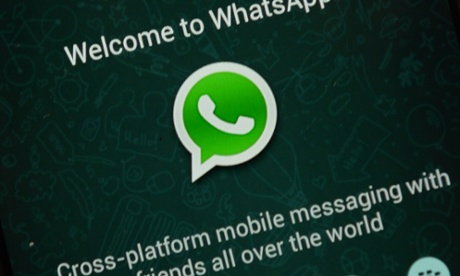Messaging app Telegram added 5m new users the day after WhatsApp outage
One, Telegram Messenger, is already feeling the impact. “4.95 million people signed up for Telegram today. Telegram is #1 most downloaded iPhone app in 48 countries,” the company revealed late last night (23 February) through its official Twitter account.
That’s a startling number for an app that as recently as October 2013 had around 100,000 daily active users. A case of WhatsApp users fleeing from Facebook? Perhaps, but it seems no coincidence that Telegram’s 5m signups happened the day after a high-profile outage for WhatsApp, when its service was unavailable for four hours.
Telegram wasn’t immune from technical problems over the weekend though, as it struggled to cope with the huge number of new users. “Due to the insane growth rate our cluster in Europe experienced a 2-hour downtime today. We are adding servers, but it takes time,” tweeted the company.
“We expected 1 million registrations per day max; 5 million daily signups seemed crazy,” its account replied to one user, before telling another that: “Frankly, we’d rather have a gradual organic growth. Our plan was to be ready for this kind of growth in 2 months, not now.”
Telegram launched for iPhone in August 2013, then Android that October. It is run by a team based in Berlin, although its financial backer is Russian entrepreneur Pavel Durov, the founder of Russian social network vKontakte. He worked with his brother Nikolai on Telegram.




















